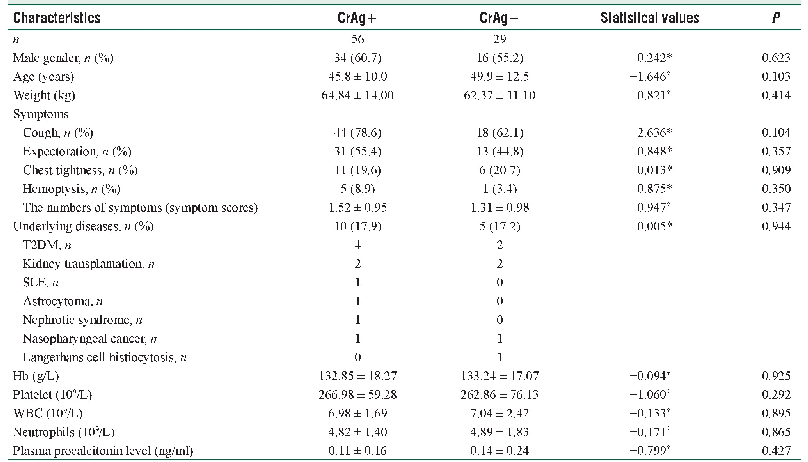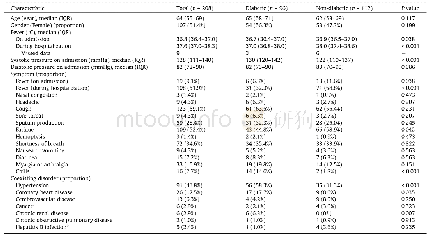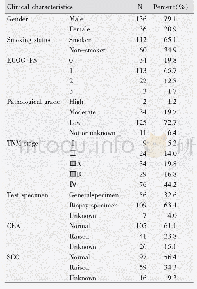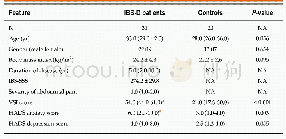《Table 2 Clinical characteristics of adult discharges with cholangitis who underwent endoscopic retr
 提示:宽带有限、当前游客访问压缩模式
提示:宽带有限、当前游客访问压缩模式
本系列图表出处文件名:随高清版一同展现
《Early vs late endoscopic retrograde cholangiopancreatography in patients with acute cholangitis: A nationwide analysis》
ERCP:Endoscopic retrograde cholangiopancreatography.
We used patient’s age,sex,and several clinical diagnoses related to cholangitis to characterize the study population.Records with“severe”cholangitis were identified by any of the following conditions in the first five diagnosis fields(dx1-dx5):Severe sepsis,septic shock,systemic inflammatory response syndrome with acute organ dysfunction,acute renal failure,acute respiratory failure,thrombocytopenia,altered mental status,and abnormal coagulation.Records without these diagnoses were considered“mild to moderate”cholangitis.All ICD-9 codes that were used in the analysis are listed in Table 1.For comorbidity assessment,we used the Elixhauser comorbidity and readmission indices.These validated measures of comorbidity are developed by the AHRQ using HCUP state inpatient sample data.They are derived from 29 predefined HCUP comorbidity variables and are used to adjust for comorbidities in hospital administrative databases[12].Other admission variables included primary payer information,weekend vs weekday admissions,length of stay,discharge disposition,and total cost for the hospitalization.For cost estimations,we converted hospital charges to cost estimates using the cost-to-charge ratios provided by the HCUP,and then inflated these costs to 2017 dollars using the consumer price index for inpatient hospital services of the US Bureau of Labor Statistics[13].We used the special tracking variables“NRD_visitlink”and“NRD_DaysToEvent”to identify all unplanned readmissions within a 30-d period post discharge from index hospitalization.
| 图表编号 | XD0043288000 严禁用于非法目的 |
|---|---|
| 绘制时间 | 2019.01.16 |
| 作者 | Ramzi Mulki、Rushikesh Shah、Emad Qayed |
| 绘制单位 | Department of Medicine, Division of Digestive Diseases, Emory University School of Medicine、Department of Medicine, Division of Digestive Diseases, Emory University School of Medicine、Department of Medicine, Division of Digestive Diseases, Emory Universit |
| 更多格式 | 高清、无水印(增值服务) |





